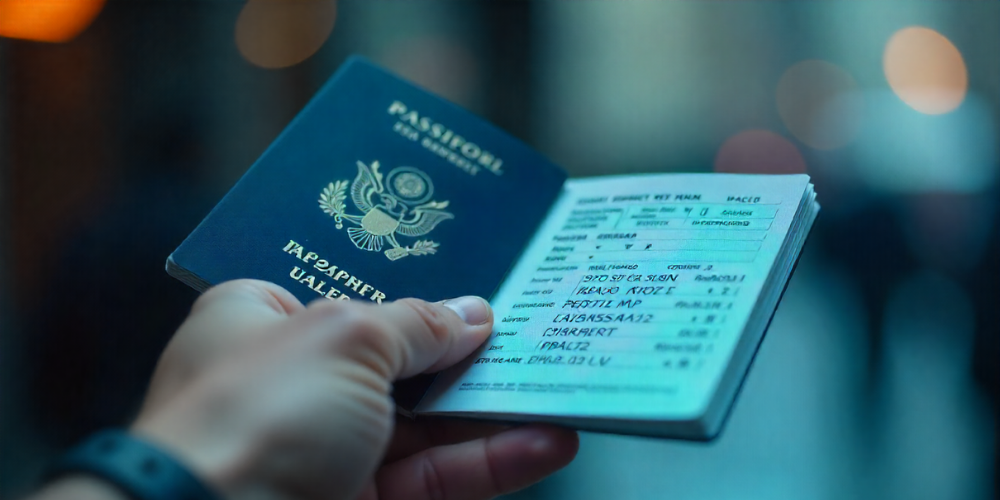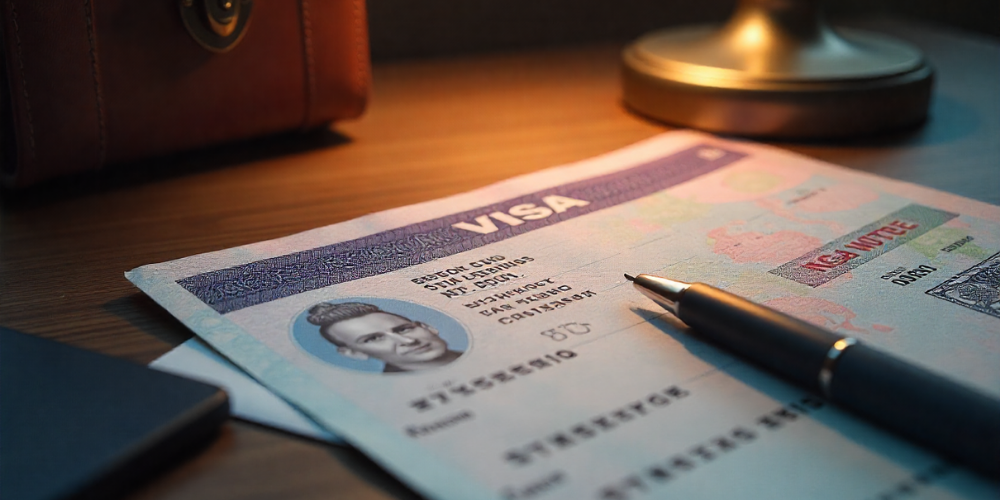--------- What Is a Visa Number? Definition, Location & Importance
Sep 30, 2025
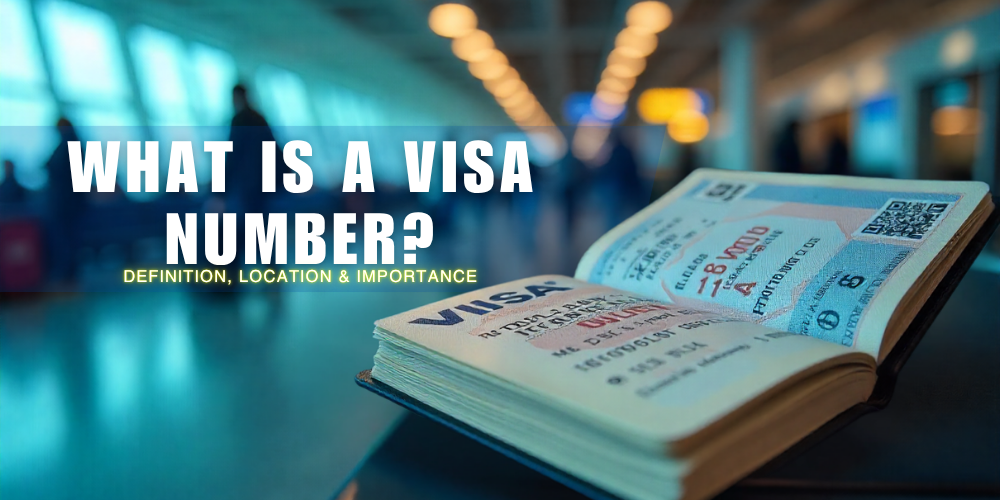
Look closely at your U.S. visa and you’ll notice a small red number tucked away in the corner. Easy to overlook, yet it carries more weight than its size suggests. That number is your visa number—and it’s far more than just decoration on an official-looking sticker.
In simple terms, a visa number is a unique identifier assigned to each visa issued by the United States. No two visas share the same number, and this distinction is what allows immigration authorities to track, verify, and manage millions of travelers moving across borders every year.
In this article, we’ll break down everything you need to know: what a visa number is, where to find it, why it matters, and how it differs from other official numbers on your documents. By the end, that small red number will no longer be a mystery—it’ll make perfect sense.
What Exactly Is a Visa Number?
A visa number is essentially the fingerprint of your visa: a unique identifier that ensures your document is one of a kind. It’s how U.S. immigration officials distinguish your visa from the thousands of others issued every day.
For modern U.S. visas, this number is an eight-digit red code found in the lower right-hand corner of the visa foil (the sticker in your passport). If your visa was issued before 2000, you might see a six-digit number located closer to the top center instead.
This number isn’t just for show. It serves a crucial function: it allows immigration systems to track and authenticate your visa, link it to your travel and entry records, and prevent errors or duplication. Think of it as the barcode that makes your specific visa instantly recognizable in the complex machinery of U.S. immigration.
Where to Find Your Visa Number
If you’ve ever stared at your U.S. visa wondering which of the many codes is the “real” visa number, you’re not alone. The good news? Once you know where to look, it’s unmistakable.
On modern visas issued after 2000, the visa number is a bright red, eight-digit sequence usually located in the lower right-hand corner of the visa sticker. It stands out against the otherwise black text and security features—designed that way so immigration officials (and you) can spot it instantly.
For older visas issued before 2000, the format is slightly different. Those documents often carried a six-digit number, placed closer to the top center of the visa. While the placement may vary, the purpose remains the same: it’s your visa’s unique ID.
Think of it like a license plate on a car—it doesn’t matter if the model year changes, the tag still identifies one vehicle from all the others. The red digits are your visa’s “license plate,” ensuring it can always be matched back to you in immigration systems.
Why Is the Visa Number Important?
That small string of digits plays a surprisingly big role in your U.S. immigration journey. Here’s why it matters:
- Immigration and work: If you’re entering the U.S. to work or study, your visa number will be required for onboarding at your employer or school. It’s a key part of verifying your legal status.
- Green card process: For those adjusting status to become a permanent resident, the visa number is needed in application forms and filings. Without it, your case could hit unnecessary roadblocks.
- Customs and Border Protection (CBP): At U.S. ports of entry, CBP officers use the visa number to cross-check your eligibility for admission. It ensures that the visa in your passport is authentic and active.
- Exceptions to the rule: Not every traveler needs a visa number. Citizens of countries in the Visa Waiver Program (VWP) can visit the U.S. for up to 90 days without a visa—so naturally, there’s no visa number to reference.
In short, while it may look like just another code, the visa number is a critical thread woven through the fabric of U.S. immigration processes—proof that your visa is valid, unique, and recognized.
Visa Number vs. Other Numbers
When you look at your U.S. visa, you’ll notice several numbers crowding the page—and it’s easy to mix them up. Here’s how to keep them straight:
- Alien Registration Number (A-Number): This is a unique identifier assigned to immigrants by U.S. Citizenship and Immigration Services (USCIS). It follows you through the immigration process if you’re applying for permanent residency or certain benefits. Crucially, it belongs to you as a person, not to a single visa document.
- Passport Number: Issued by your home country, this number identifies your passport itself. It’s tied to you as a traveler, not to your U.S. visa.
The visa number is different. It doesn’t identify you as an individual, nor your passport—it identifies the visa itself. Think of it this way: the A-Number is about your immigration journey, the passport number is about your travel document, and the visa number is about the visa stamp or sticker sitting in that passport.
Key takeaway: The visa number marks the document, not the person holding it.
The Bigger Immigration Picture
Visa numbers don’t just stop at being identifiers on a page—they also connect to the larger machinery of U.S. immigration policy.
On one hand, you have the visa number printed on your document: the red digits that uniquely identify your individual visa.
On the other hand, the U.S. Department of State manages a system of annual visa numbers—numerical quotas that cap how many immigrant visas can be issued each year. These numbers are allocated by category and country, and they’re what you see reflected in the Visa Bulletin, which tracks availability and priority dates for green card applicants.
It’s easy to confuse the two, but they serve very different purposes. The visa number on your passport is about your specific document. The visa numbers in the broader immigration system are about global allocation and availability. Both are critical in their own way: one helps identify your paperwork, while the other determines when you can move forward in your immigration process.
Common Questions About Visa Numbers
Do all visas have numbers?
Yes—every U.S. visa issued has a visa number printed on it. That number is essential for recordkeeping and verification. The only exceptions are travelers who don’t need visas at all, such as those visiting under the Visa Waiver Program.
Can you enter the U.S. without one?
If you’re entering on a visa, you’ll always have a visa number. But if you’re from a country that qualifies for the Visa Waiver Program, you won’t be issued a visa, and therefore no visa number applies to your travel.
Is the visa number the same as a control number?
No—and this is a common source of confusion. A control number is a long string of digits printed in black at the top right of the visa. It’s used internally by the U.S. government to track visa issuances, but it’s not the same as the visa number. Remember: the visa number is red, shorter, and usually found in the bottom right corner.
Conclusion
At first glance, a visa number might look like a small detail—just a few red digits among many codes. But it’s a simple, essential piece of U.S. immigration: the identifier that keeps your visa unique, valid, and trackable in government systems.
Knowing where to find it and understanding how it’s used can save you confusion when filling out paperwork, starting a job or study program, or crossing a port of entry.
If you’re ever unsure about your visa number—or its role in your immigration journey—don’t guess. Check your document carefully, and when in doubt, consult official resources from the USCIS or the U.S. Department of State. A little clarity now can prevent big headaches later.
Frequently Asked Questions (FAQ) About Visa Numbers
1. What is a U.S. visa number and why is it important?
A visa number is an eight-digit red code printed on your U.S. visa. It uniquely identifies your visa and is used by immigration authorities to verify authenticity, track your travel records, and process applications like work authorization or green cards.
2. Where exactly can I find my visa number?
On most modern visas, it appears in red in the lower right-hand corner of the visa sticker. For visas issued before 2000, you may see a six-digit number near the top center.
3. Is my visa number the same as my Alien Registration Number (A-Number)?
No. Your A-Number identifies you as an immigrant in the U.S. system, while the visa number identifies the visa document itself. They serve different purposes.
4. Can I travel to the U.S. without a visa number?
Yes—but only if you qualify for the Visa Waiver Program (VWP), which allows citizens of certain countries to enter the U.S. without a visa for up to 90 days. Otherwise, every U.S. visa has a number.
5. How is a visa number different from a control number on the visa?
The control number is a long black code used internally by the U.S. government to track visa issuance. The visa number is shorter, in red, and is the one you’ll need for forms and immigration processes.
Recent Articles
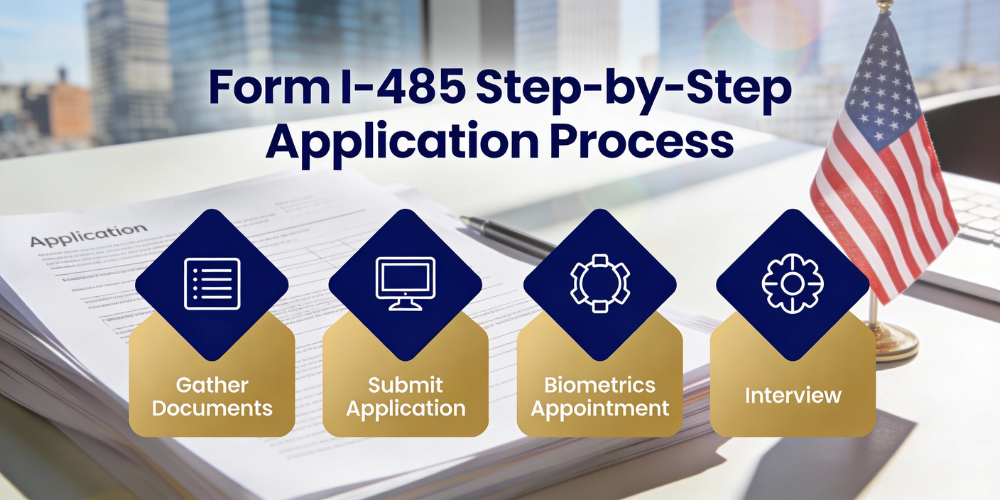
Form I-485 Explained: Adjustment of Status for Asylum and Refugee Applicants
Form I-485, Application to Register Permanent Residence or Adjust Status, is the statutory mechanism

Visa Number for ESTA: Everything You Need to Know Before You Fly
If you’ve ever tried to check in online for a U.S.-bound flight and been met with that dreaded box
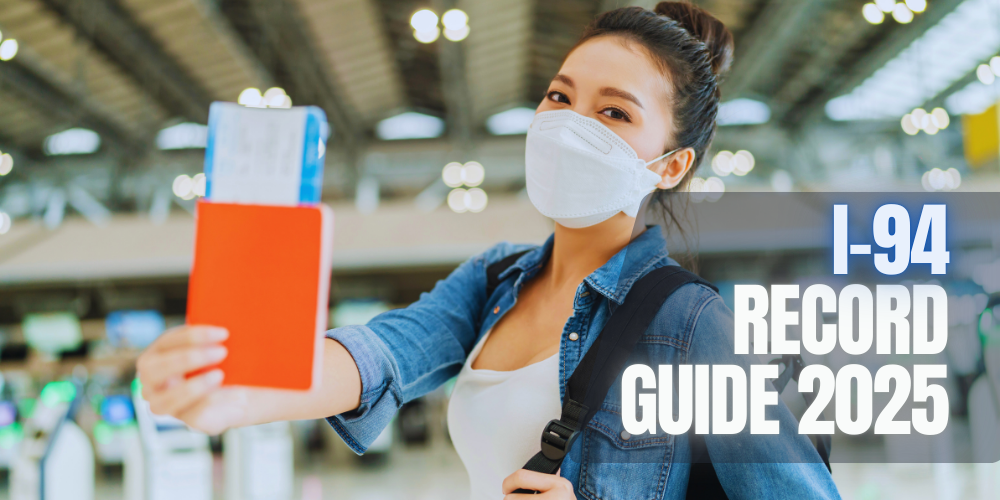
I-94 Record Guide 2025: How to Get, Retrieve, and Fix Your Arrival/Departure Record
If U.S. immigration were a novel, the I-94 would be the quiet supporting character who turns out to

H-1B to H-4 Change of Status: The Complete 2025 Guide (Processing Times, Requirements & EAD Eligibility)
Transitioning from H-1B to H-4 status isn’t just a bureaucratic shuffle—it’s a strategic shift

How Long Does a TN Visa Extension Take in 2025?
Time — it’s the one thing every TN professional learns to respect. Whether you’re an engi

The Easiest Countries to Get Citizenship in 2025: Fast Tracks, Smart Moves, and Hidden Shortcuts
In 2025, the idea of belonging to just one nation feels almost quaint. As the world continues to shr
Read More

Form I-485 Explained: Adjustment of Status for Asylum and Refugee Applicants

Visa Number for ESTA: Everything You Need to Know Before You Fly

I-94 Record Guide 2025: How to Get, Retrieve, and Fix Your Arrival/Departure Record

H-1B to H-4 Change of Status: The Complete 2025 Guide (Processing Times, Requirements & EAD Eligibility)

How Long Does a TN Visa Extension Take in 2025?

The Easiest Countries to Get Citizenship in 2025: Fast Tracks, Smart Moves, and Hidden Shortcuts

Welcome to the VisaTravel blog. We know that navigating the maze of visa applications and online forms can be as tricky as choosing the perfect travel playlist (which is all we want you worrying about anyway).
Throughout our years of experience, though, we’ve uncovered a mountain of knowledge which, via this blog, we’re sharing with you! Whether you're diving into the world of travel visas, wondering about the ESTA online hustle, or just trying to figure out the DS160 form, think of us as your online concierge, here to make the process easy and most of all, clear.
At this point in our global context, who has time for endless paperwork and confusing legal jargon? No one. That's why we're all about spilling the tea on online visa hacks, easier-to-work-with DS160 forms, and giving you tips on everything from tourist visas to immigration, to that last-minute ESTA online adventure.
So, just plug in a word you’re curious about on the search bar, and boom. We've got the tips, tricks, and insider info to help you (and anyone else you may be traveling with) get to your travel destination with the confidence of a seasoned traveler.
Now go explore!
 U.S. Visa
U.S. Visa
 Canada eTA
Canada eTA
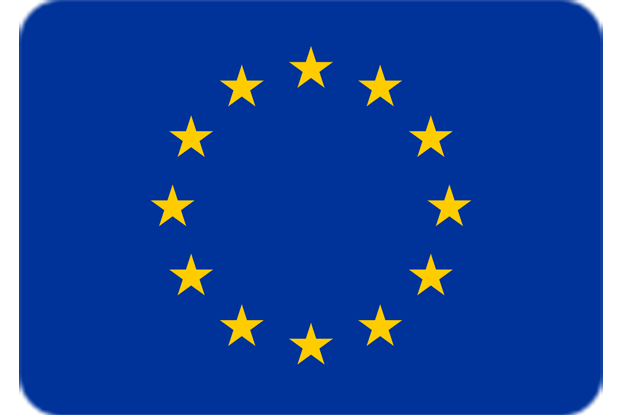 Schengen Visa
Schengen Visa
 New Zealand eTA
New Zealand eTA
 United Kingdom eTA
United Kingdom eTA
 Australia eVisitor
Australia eVisitor
 Vietnam eVisa
Vietnam eVisa
 Egypt eVisa
Egypt eVisa
 Singapore Arrival Card
Singapore Arrival Card
 Sri Lanka eVisa
Sri Lanka eVisa



